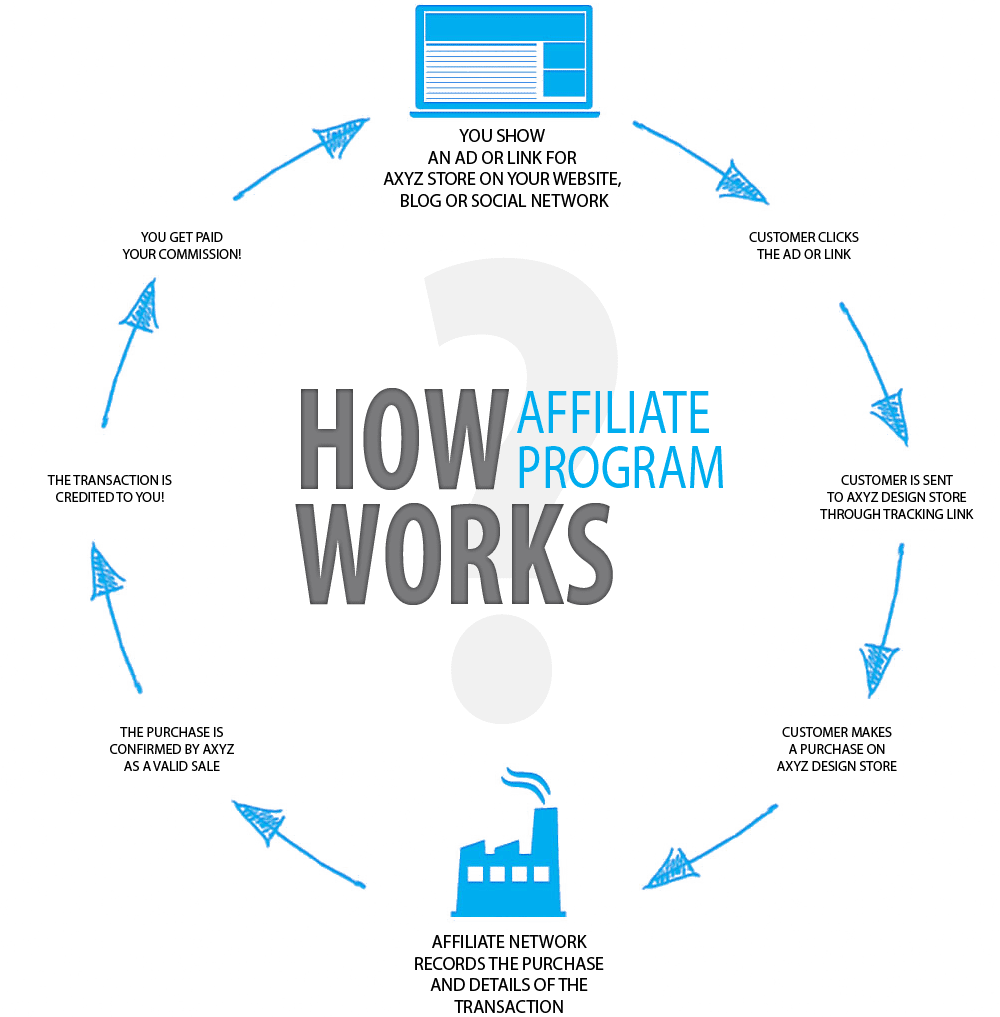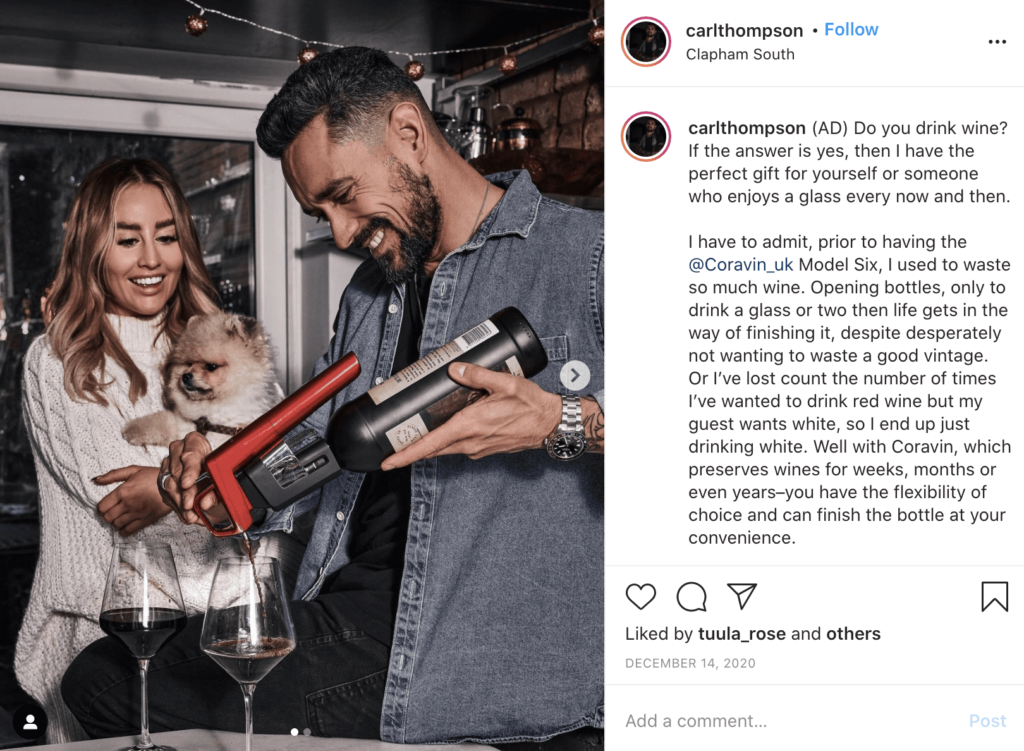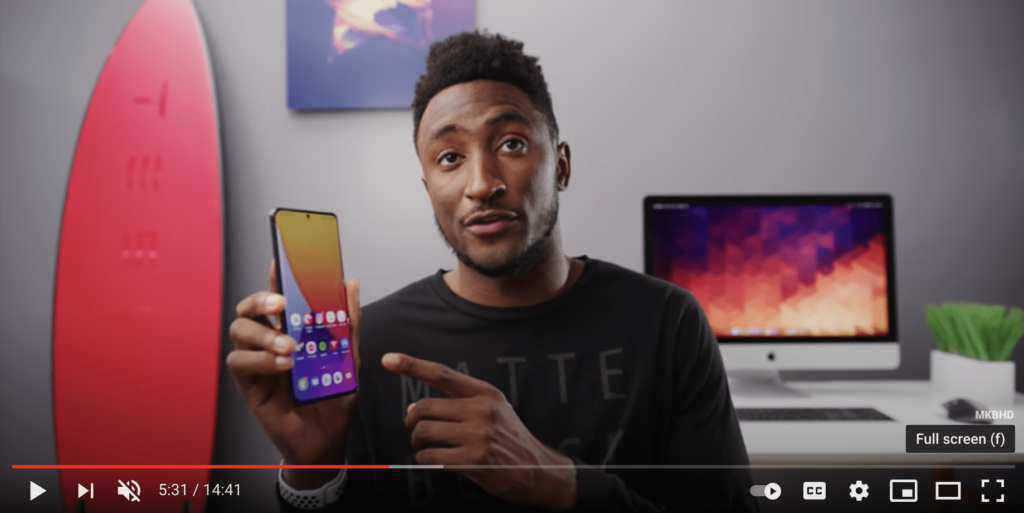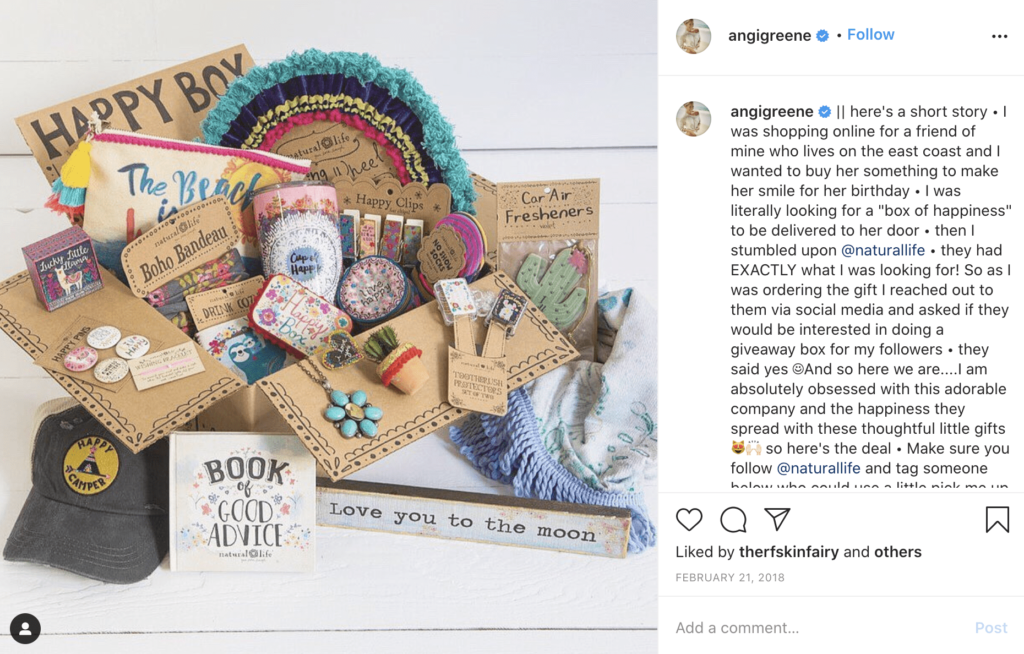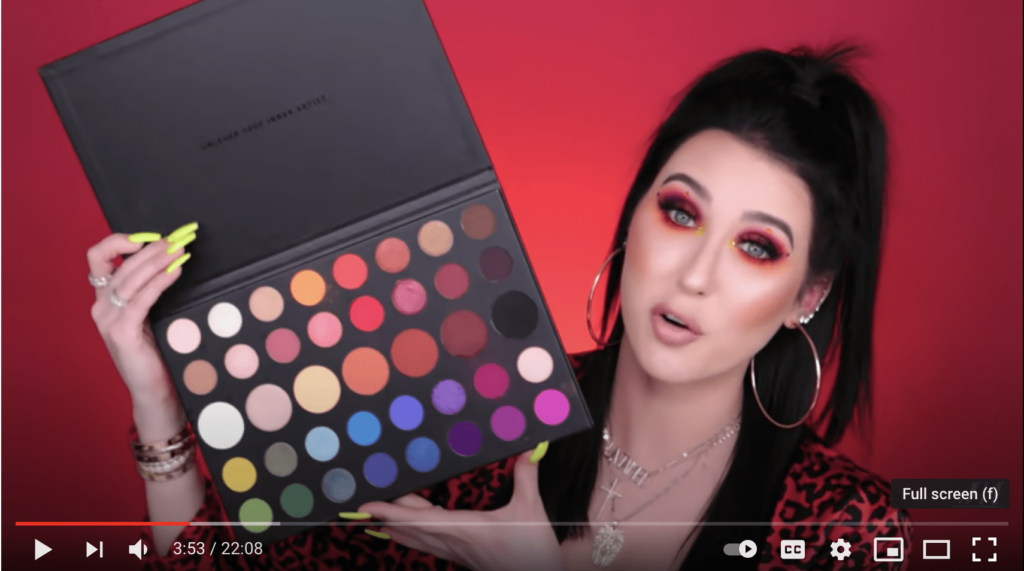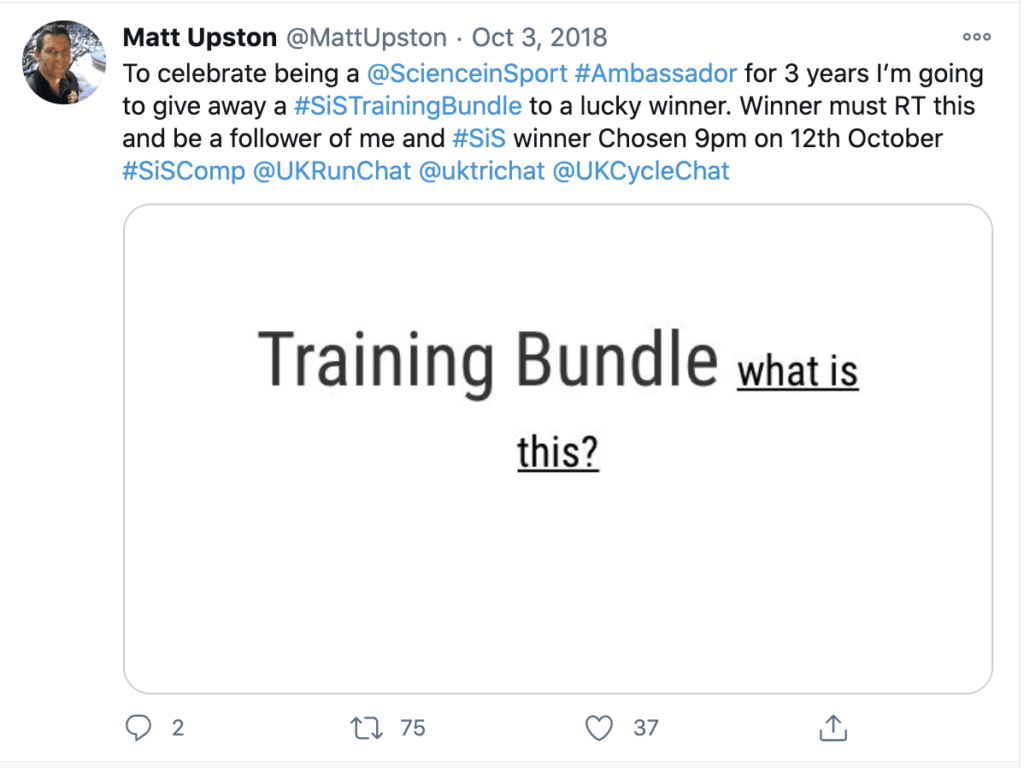Find your comprehensive guide to creating a powerful influencer marketing strategy in 2021 here. From the concept definition to a successful campaign, this reading can help you navigate it more easily.
Do you want to build a tight-knit community around your brand? Would you like to multiply your conversions and increase customer retention? Influencer marketing can be a great solution for you. It’s one of the most prospective digital marketing aspects today. Influencer content serves as a perfect medium for building trust-based relationships and establishing an emotional connection with a target audience.
Influencers produce engaging content, distribute it through social media channels, get a large following there, and have a strong personal brand reputation. They have already gained the status of the experts in their niches, and their followers rely on their content. Brands can significantly benefit from collaboration with talented content creators. In this article, I provide a full overview of influencer marketing and how to run it more effectively.
First of All, What Is Influencer Marketing?
Influencer marketing is an approach that implies collaborating with influencers who have already built a dedicated online community in a particular niche to support your brand and endorse your products. Influencer marketing helps connect a target audience to the product and brand through influential people they trust.
“There are exceptional people out there who are capable of starting epidemics. All you have is to find them.” – Malcolm Goldwell
The Must-Know Types of Influencer Marketing Campaigns
Before you start building an influencer marketing strategy, you must be well-aware of all possible options of collaborating with content creators.
Discount Codes and Affiliate Marketing
Affiliate marketing is one of the most popular influencer marketing campaigns. It is the process by which an affiliate receives a commission for promoting and endorsing the brand’s products or services. Usually, every sale is tracked via affiliate links from one website to another. The affiliate earns a part of the profit from each conversion.
Companies also cooperate with creators on discount codes that are easily tracked, embedded in graphics or video, and shared via platforms like podcast sites. One of the most popular examples is the collaboration of New York Times bestselling author Tim Ferris with Audible. In terms of this partnership, he dedicates around 30 seconds of his podcast to the unobtrusive promotion, during which he suggests subscribers visit Audible via a custom affiliate link and find the list of his favorite books there.
Sponsored Content
Sponsored content is one of the most classical ways to collaborate with influencers on social media. Usually, brands discuss with creators an opportunity to include visuals with a product (images or videos, depending on the platform) as a part of their social media content.
The most important rule for successful partnering on sponsored content is to give influencers creative freedom to take photos (or videos) that align with their style and look organically on their profiles. All in all, they know what engages their audience best. Followers may smell something fishy if a post doesn’t correspond to the tone of the influencer’s voice.
Here is an excellent example of great sponsored content from Carl Thompson.
Reviews
You might have already seen many ‘unboxing’ videos on YouTube, Instagram, and other social networks. It’s how, actually, reviews work. The brand sends a product to influencers for free, and they make a video review about it in exchange. The idea behind this collaboration is that the creator has never used a product before and should unbox and try it out on camera to demonstrate its beautiful aspects and features. A great instance is a video review of Samsung Galaxy S21 created by a famous tech influencer Marques Brownlee.
Competitions and Giveaways
Giveaways can be a win-win strategy for your brand, influencers, and their fans. Sometimes, companies send a product to influencers to let them give it away to followers. This practice implies a simple set of rules a person should follow to win a gift. They may include tagging friends in the comments, liking the post, following a brand on social media, sharing this post with their friends, signing up for the brand’s newsletter, or even producing their own content.
A nice example is a giveaway of a Natural Life gift box made by an Instagram fitness influencer Angi Fletcher. The rules were simple: users just should have to follow the company’s profile and tag their friends in the comments under the post.
Product and Content Collaborations
Here we’re going to talk about one of the most amazing types of influencer marketing. It’s the co-creation. Instead of one-offs campaigns, some brands invest in long-term cooperation with the influencer and creating products together. For example, a famous beauty influencer Jaclyn Hill has created her own shade palette collaboratively with the cosmetics brand Morphe and regularly posts make-up tutorials that slightly promote the product and the brand.
Long-Term Ambassadors
As supposed from the name, long-term ambassadors are influencers that collaborate with brands for an extended time, from several months to a year or even longer. They are also known as a ‘brand face’ and promote the company in their content repetitively. In this example, Matt Upston celebrates his 3-year collaboration with a sports nutrition company Science in Sport.
4-Step Influencer Marketing Checklist
An influencer marketing strategy usually includes 4 steps. This checklist contains just the essentials you must know to start building your own strategy. In some cases, the situation may require more profound marketing research.
Formulate Your Goals and Message
First of all, think of your influencer marketing goals: do you want to get more followers, increase brand awareness, convert sales, generate leads, or receive sign-ups? Create a follower persona containing brief information about your target audience’s age, gender, interests, and social media preferences. It will help you find the right influencer that targets the same audience. Next, shape a marketing message you want to communicate through the influencer content. Choose the type of collaboration with the influencer that matches your marketing goals.
Research the Influencer Landscape
Research different social media platforms, define where your target audience is the most active, and choose the one that suits your goals best. Investigate the niche: explore the cost range and all influencers there, from micro- (1,000-100,000 followers) and macro-influencers (100,000-1 mln followers) to mega-influencers (>1mln followers). I highly recommend using AI-driven influencer marketing automation tools like SocialBook to facilitate your research. They allow saving so much time, find the best-performing influencers, assess their engagement rates, learn about the average costs of collaboration, and detect the so-called “fake” influencers.
Define a Budget and Management Strategy
Discuss your budget with a team or the client. Some influencer marketing tools offer the feature of measuring the average costs of the influencer partnership. Another useful tool you can use for Instagram marketing is the Influencer Earnings Calculator created by Influencer Marketing Hub. It breaks down the influencer’s follower count, the number of posts, likes, comments, and estimated earnings per post.
Influencer Outreach
It’s time to start your influencer outreach campaign. Of course, you can write some of them directly via your brand’s account on social media. However, you can save pretty much time and simplify a process by using influencer marketing software. It allows you to automate influencer outreach and track the performance of influencer marketing campaigns.
Ready to Start? So, What’s Stopping You!
Influencer marketing allows your brand to reach out to your audience through those who already have their ear. It was a quick tour into an influencer marketing strategy. I hope it will serve you well and help you navigate influencer marketing more efficiently. Are you ready to start your journey and involve even more people in your brand community? So, what’s stopping you?
Woman photographer with camera -DepositPhotos


